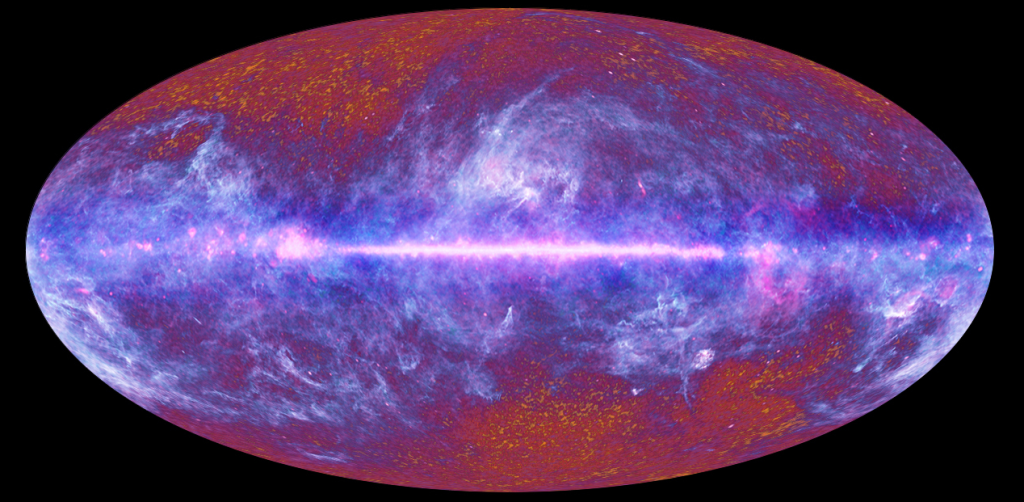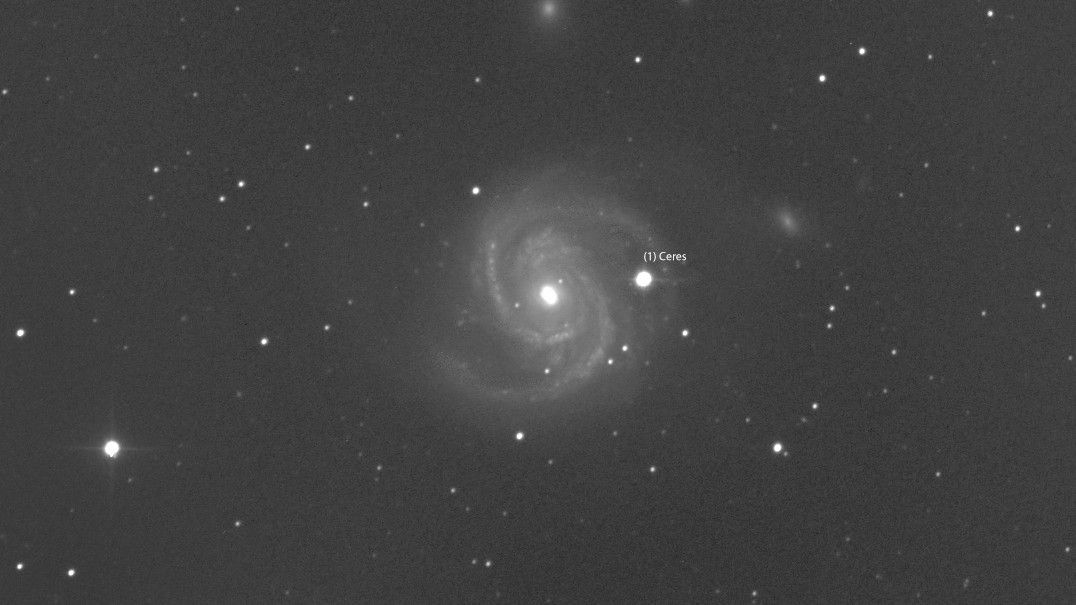The last rays of an orbital sunset illuminate the Earth’s atmosphere in this Feb. 17, 2023, photograph from the International Space Station as it orbited 269 miles above the Atlantic Ocean off the coast of Argentina.
Read MoreMonth: March 2023
Changes Ahead as NASA’s Human Spaceflight Head Plans Retirement
Kathryn Lueders, associate administrator of NASA’s Space Operations Mission Directorate, announced Monday she will retire from the agency at the end of April. Lueders’ current deputy and astronaut, Ken Bowersox, will become the new head of Space Operations, effective Monday, May 1.
Read MoreDeadly cyclone ‘Freddy’ may be the longest-lived and most energetic storm ever recorded
A super-powered cyclone named “Freddy” has likely broken a number of mindblowing records since it formed in early February. The monstrous storm has crossed the Indian Ocean and made landfall three separate times, and may be the most energetic and long-lasting storm ever recorded. Freddy was first named on Feb. 6 after forming off the north Australian coast. Since then, it has traveled more than 5,000 miles (8,000 kilometers) across the southern Indian Ocean to southeast Africa, where it finally appears to be dying down, according to the World Meteorological…
Read MoreWhat equipment do you need to see and photograph the planets
Ever wondered how to view and photograph the planets? Viewing the planets in our solar system is on every observer’s hit list during a session under the night sky. Popular with beginners and seasoned astronomers alike, these worlds can often be spotted with the unaided eye, while binoculars and telescopes allow skywatchers to see further details, from the tempestuous storms of Jupiter to the majestic rings of Saturn. If you’re looking to capture even more intricate features that naked eye observing doesn’t allow, then there are plenty of pieces of…
Read MoreThe universe might be shaped like a doughnut, not like a pancake, new research suggests
The universe could, in fact, be a giant doughnut, despite all of the evidence suggesting it’s as flat as a pancake, new research suggests. Strange patterns found in echoes of the Big Bang could be explained by a universe with a more complicated shape, and astronomers have not fully tested the universe’s flatness, the study finds. Related: What shape is the universe? (opens in new tab) Flat surfaces All observations so far suggest the universe is flat. In geometry, “flatness” refers to the behavior of parallel lines as they go…
Read MoreBlissLights Sky Lite Evolve Galaxy Star Projector review
Imagine yourself immersed in a world beyond the ordinary; the transformations between the features of the BlissLights Sky Lite Evolve projector are seamless and fully customizable by the user. This is the second Bliss Lite projector we have reviewed, with the first being the BlissLights Sky Lite 2.0 review back in 2022. Key specs Size: 1334mm / 5.25 inchesBulb Type: LED and Class 2 laserRotation: YesSleep timer: Yes — one minute to 24 hoursSpeaker: NoProjection Surface: Laser — 30 x 30 ft, Nebula cloud — 15 x 15ft Both feature in…
Read MoreArtificial intelligence could help hunt for life on Mars and other alien worlds
A newly developed machine-learning tool could help scientists search for signs of life on Mars and other alien worlds. With the ability to collect samples from other planets severely limited, scientists currently have to rely on remote sensing methods to hunt for signs of alien life. That means any method that could help direct or refine this search would be incredibly useful. With this in mind, a multidisciplinary team of scientists led by Kim Warren-Rhodes of the SETI (Search for Extraterrestrial Intelligence) Institute in California mapped the sparse lifeforms that…
Read MoreHow to watch Ceres, a dwarf planet 14 times smaller than Pluto, photobomb a spiral galaxy this weekend
This weekend, you can watch live as the first asteroid ever discovered passes across one of the night sky’s most beautiful spiral galaxies. The Rome-based Virtual Telescope Project (opens in new tab) will host a livestream starting at 11 p.m. EDT on Sunday, March 26 (03:00 UTC on Monday, March 27), when Ceres will be visible in front of Messier 100 (M100), a stunning example of a grand-design spiral galaxy, according to NASA (opens in new tab). Ceres is the largest object in the asteroid belt between Mars and Jupiter, according…
Read MoreUranus grows a smoggy cap while Jupiter’s Red Spot keeps shrinking, Hubble telescope reveals (photos)
New images of Uranus and Jupiter taken by the Hubble Space Telescope reveal how weather slowly changes on these giant, distant planets. Unlike Earthly weather that changes from day to day, atmospheric conditions on planets in the outer solar system are fairly stable. These planets receive very little sunlight and take years to decades to complete one orbit around the sun. Still, when scientists compare Hubble Space Telescope images of these planets captured several years apart, they see that their atmospheres are, in fact, alive. Hubble images of the ice…
Read MoreNASA Invites Media to See Mars Habitat Before Crew Enters for One Year
Media are invited to visit NASA’s simulated Mars habitat on Tuesday, April 11, at the agency’s Johnson Space Center in Houston. This summer, four volunteers will begin a yearlong Mars mission in the ground-based habitat, helping NASA prepare for human exploration of Mars for the benefit of humanity.
Read More
